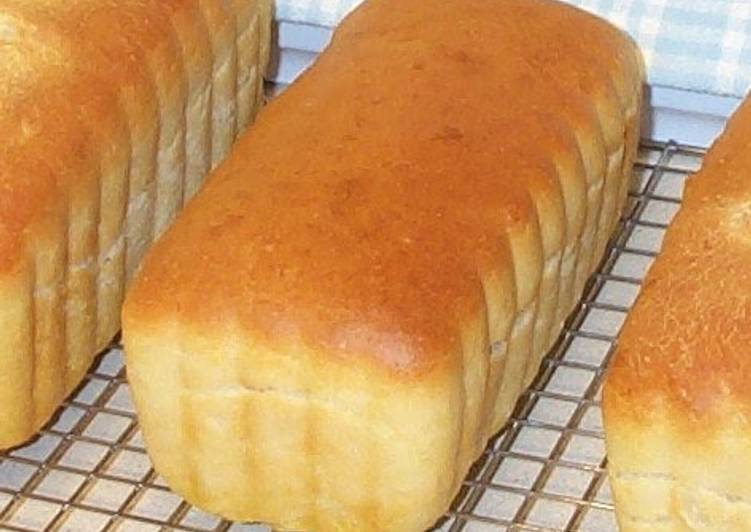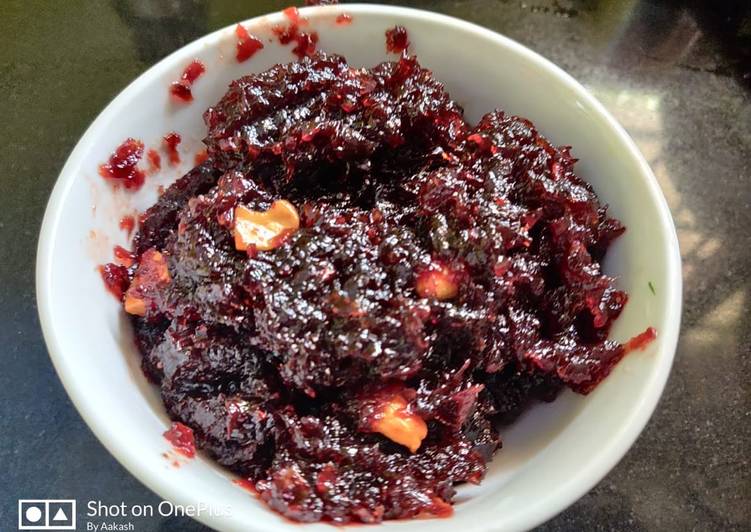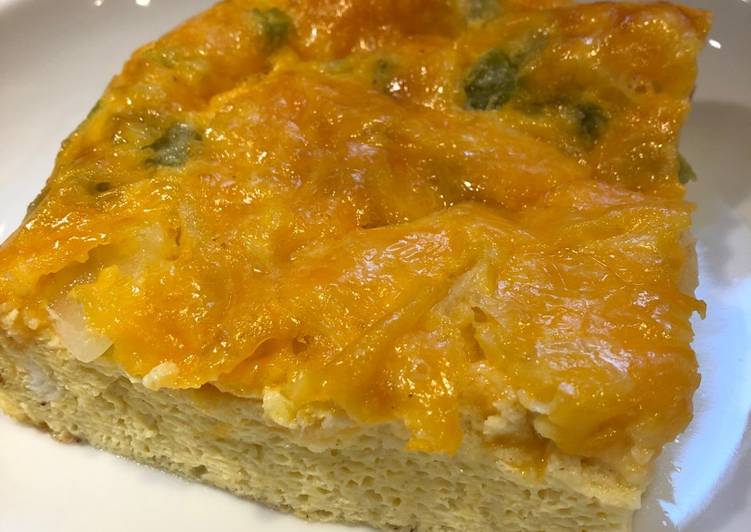
Hello everybody, it’s Drew, welcome to our recipe site. Today, I will show you a way to make a special dish, salt rising bread. One of my favorites. This time, I will make it a little bit tasty. This will be really delicious.
Salt-rising (or salt-risen) bread is a dense white bread that was widely made by early settlers in the Appalachian Mountains, leavened by naturally occurring Clostridium perfringens and other bacteria rather than by yeast. Transfer your bubbly starter to a larger bowl, or the bowl of a stand mixer (or your bread machine bucket). Salt Rising Bread starts by making a simple starter with the most basic of ingredients: Potatoes or cornmeal.
Salt Rising Bread is one of the most favored of recent trending meals in the world. It is simple, it’s fast, it tastes delicious. It’s appreciated by millions daily. Salt Rising Bread is something that I have loved my entire life. They are fine and they look wonderful.
To get started with this particular recipe, we have to first prepare a few ingredients. You can cook salt rising bread using 11 ingredients and 13 steps. Here is how you cook that.
The ingredients needed to make Salt Rising Bread:
- Take 3 large baking potatoes
- Take 3 tbsp NOT DEgerminated yellow cornmeal
- Get 1 tsp sugar
- Make ready 1 tsp salt
- Get 4 cup boiling water
- Make ready 2 cup warm milk
- Make ready 1 cup warm water
- Take 1/2 tsp baking soda
- Get 2 tsp salt
- Prepare 2 tbsp vegetable oil OR melted shortening
- Make ready 5 lb bag of bread flour
Salt-rising bread, whose rising depends upon neither salt nor yeast, became their solution. Pioneers cultivated bacteria in the potatoes or cornmeal that they mixed with flour to make a funky, fresh loaf. The book Salt-rising bread is a specific type of bread that does not use yeast, and instead uses another source of bacteria to create the gases that allow bread dough to rise. Salt-rising bread is a white bread made from wheat flour, starters, sugar, water, and salt.
Instructions to make Salt Rising Bread:
- Wash and peel potatoes. Slice raw potatoes thinly into a large, non-reactive bowl (I use Tupperware; ceramic also works). Sprinkle with cornmeal, sugar and salt and pour on the boiling water. Cover the bowl loosely with plastic wrap and set aside.
- Fill a crockpot half full of water, heat that up on high, then turn it down to low. Invert the crockpot lid, set a dinner plate on top of that with a pot holder or 2, place your bowl of starter ingredients on top, and cover the whole thing with a couple of thick bath towels. The trick to a successful starter is keeping it at a constant temperature of 100-105-degrees.
- After 12 to 15 hours your starter should be foamy (see photo) and have a strong, sour smell (kind of like stinky feet). If after 12 to 15 hours the starter isn't foamy and stinky, the starter has failed. Do not continue with the recipe. You must have the foam and the smell!
- Now in a separate bowl, mix together the warm milk, (even skim is fine), warm water, baking soda, salt and melted shortening or oil.
- Drain the potato mixture in a colander saving the starter liquid (discard the potato slices) and mix the starter liquid with the milk & water mixture. Stir in enough flour to make smooth dough.
- Knead until smooth and elastic as you would for yeast dough, about 8 to 10 minutes, adding more flour as needed to prevent stickiness.
- Divide the kneaded dough into 6 greased 1 pound small loaf (8 x 4) pans. Dough should fill pan 1/3 full.
- Lightly cover the bread pans with a floured tea towel or a sheet of plastic wrap that's been lightly sprayed with Pam. Let the breads rise in a consistent warm place until dough has almost doubled. (About 2 hours).
- With a fine-misting spray bottle, spritz the top of the dough with water. Bake in a 400°F oven for 30 minutes or until golden.
- Remove to racks to cool. Brush tops of loaves with melted butter.
- The characteristic strong odor you smell as the bread is baking will not overly manifest itself in the flavor of the bread. The bread has a nice grain and texture and pleasant taste and is MOST delicious when toasted! It also freezes very well.
- UPDATE 7/25/17: FINALLY found a bakery (in Pennsylvania) that sells authentic Salt Rising Bread. Somewhat pricey with shipping (but worth it), BUT they also sell a dried starter that makes it a bit easier to make your own. Also recently got a sous vide gadget and found it much easier to use than the crockpot to maintain the consistent temperature for a successful starter.
- UPDATE 5/11/2020: Recently ordered from the PA bakery mentioned in comment 12, and, sadly, it's no longer the authentic salt rising recipe. 😢
It has a dense texture and a slightly cheesy flavor due to the unique fermentation process with a starter made. Salt Rising Bread is an Appalachian traditional bread made without yeast. Salt Rising Bread: Recipes and Heartfelt Stories of a Nearly Lost Appalachian Tradition. Salt-rising (or salt-risen) bread is a dense white bread that was widely made by early settlers in the Appalachian Mountains, leavened by naturally occurring Clostridium perfringens and other bacteria. The bacterial species that generates the gas for leavening salt rising bread is Clostridium perfringens.
So that is going to wrap it up for this exceptional food salt rising bread recipe. Thanks so much for your time. I am confident that you will make this at home. There’s gonna be interesting food in home recipes coming up. Remember to save this page in your browser, and share it to your family, friends and colleague. Thanks again for reading. Go on get cooking!

